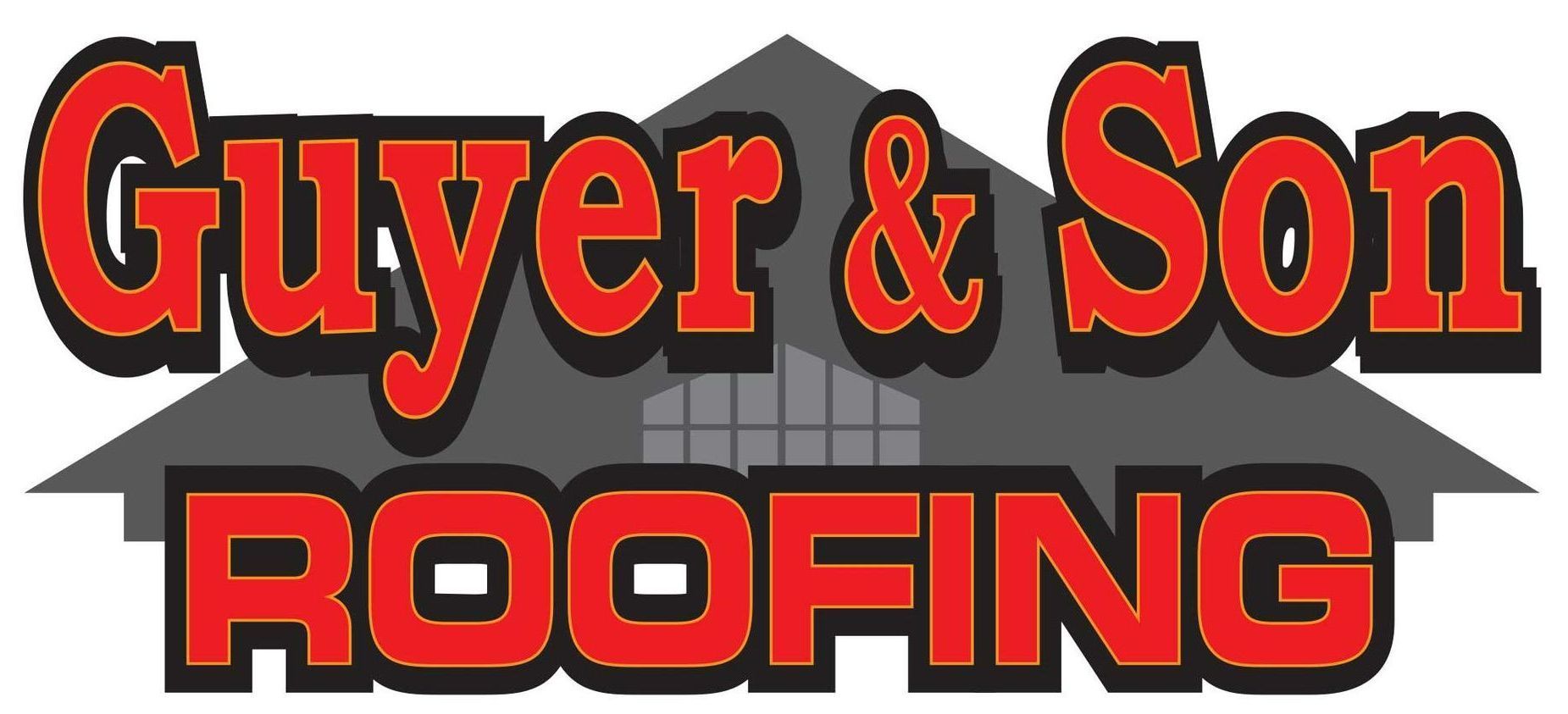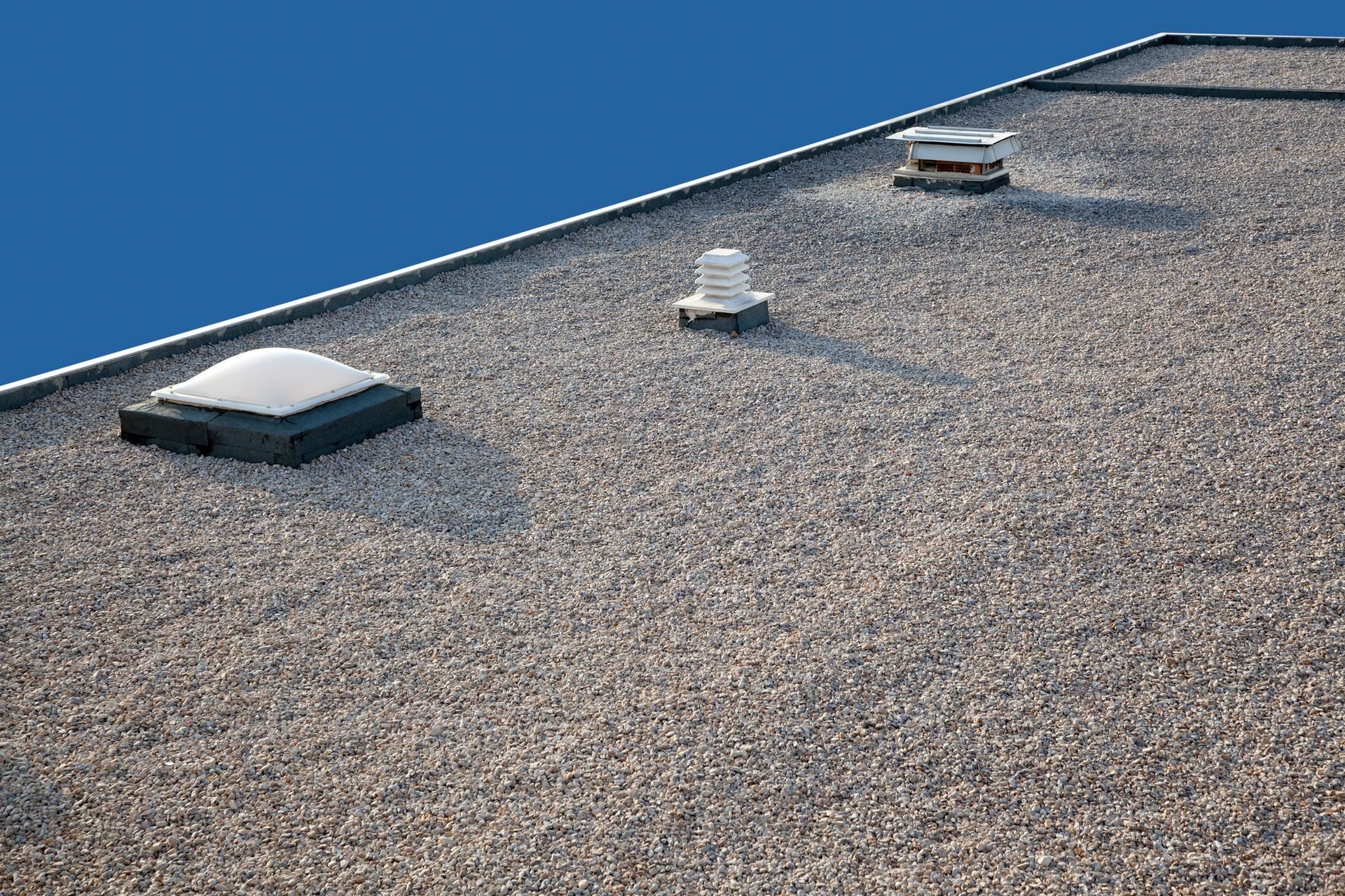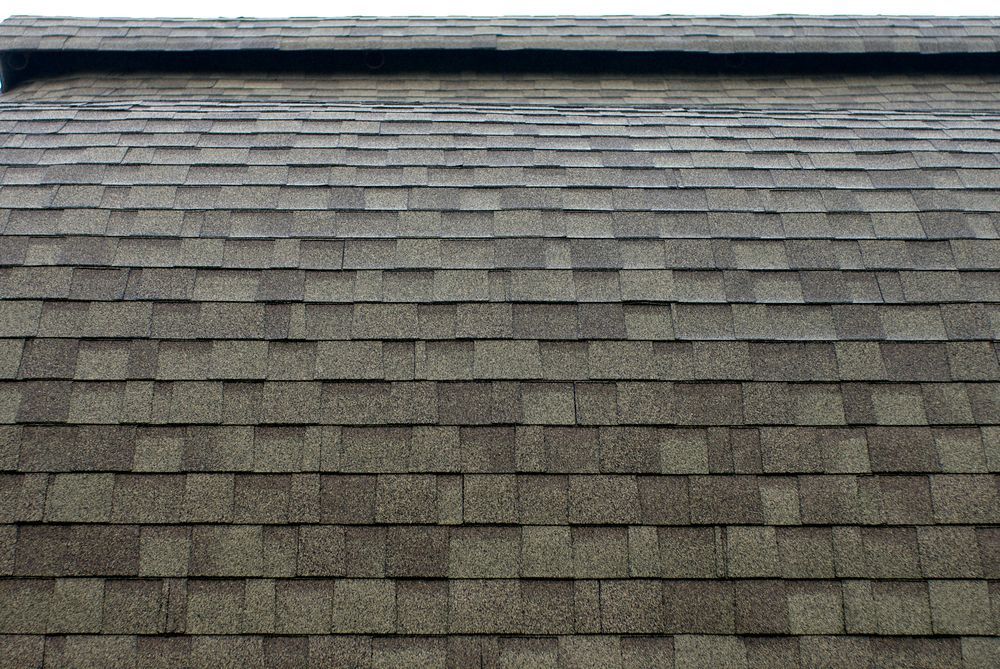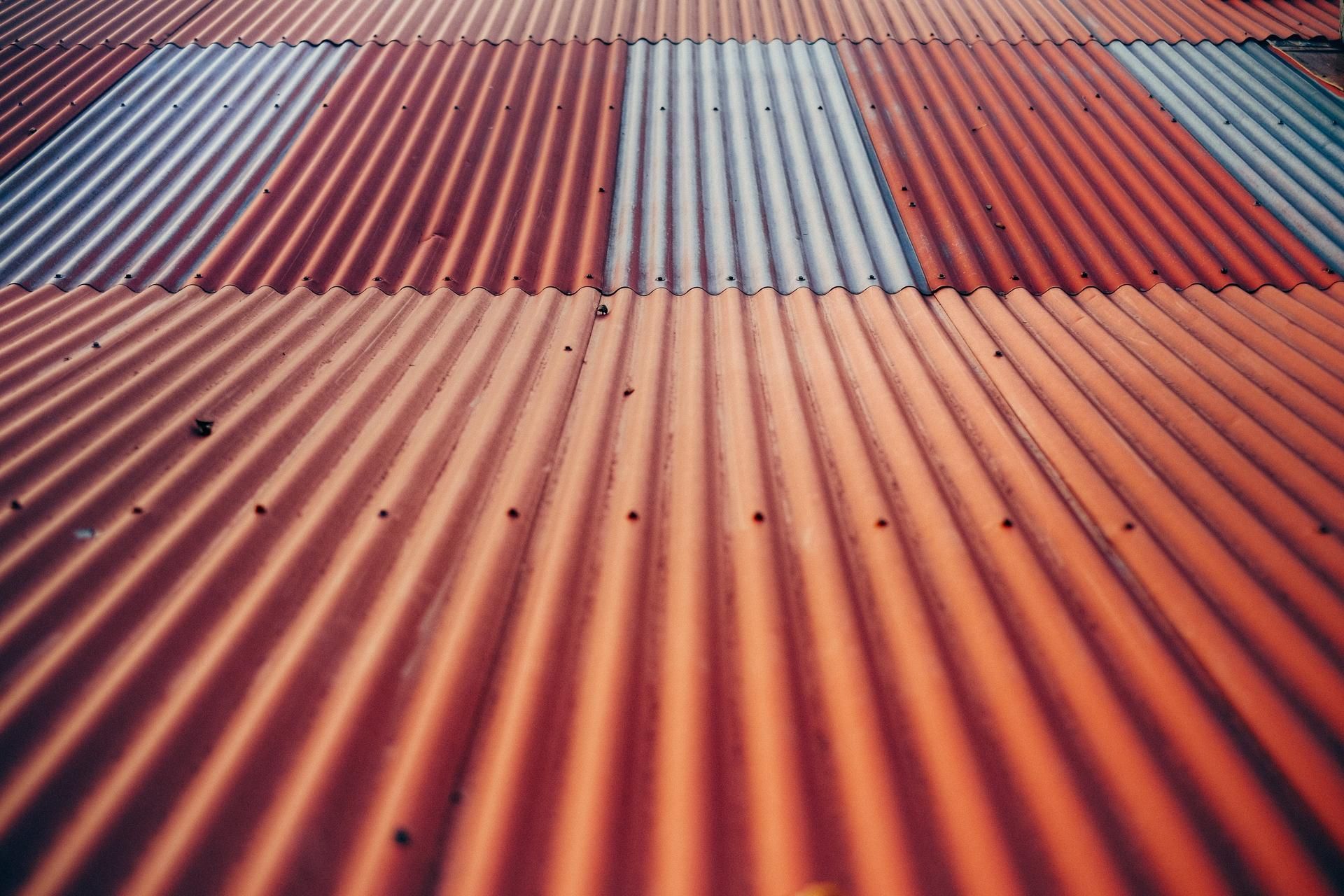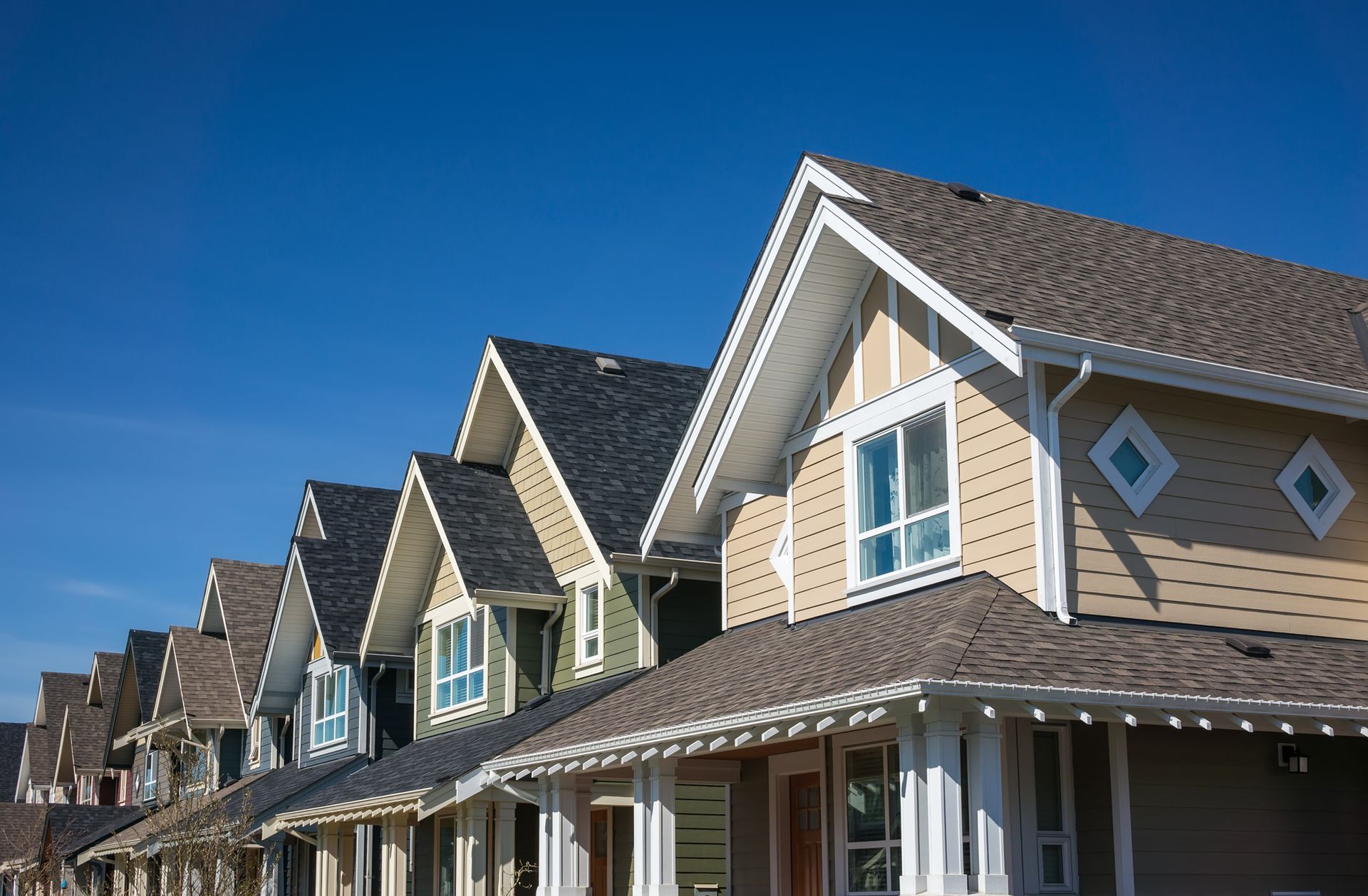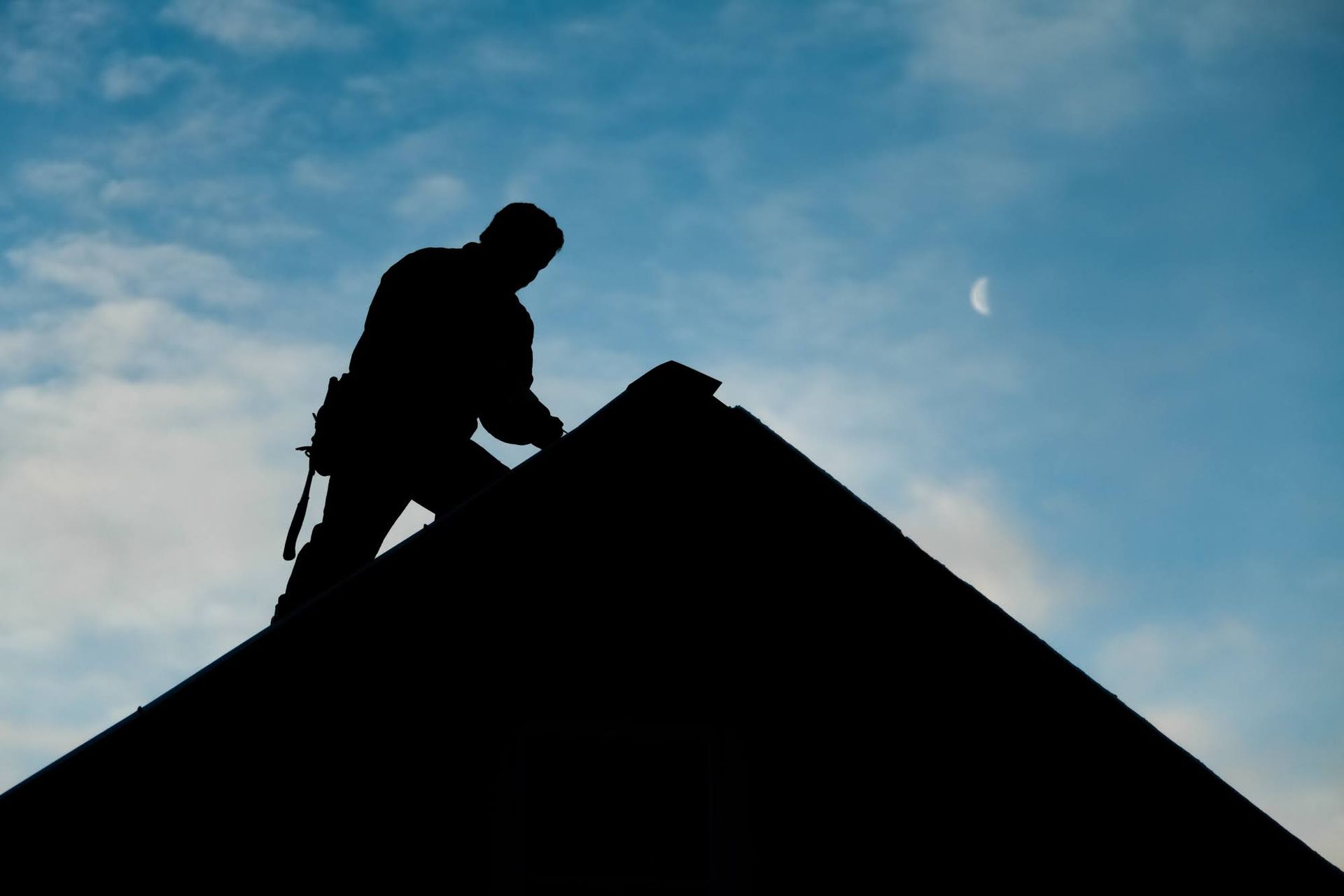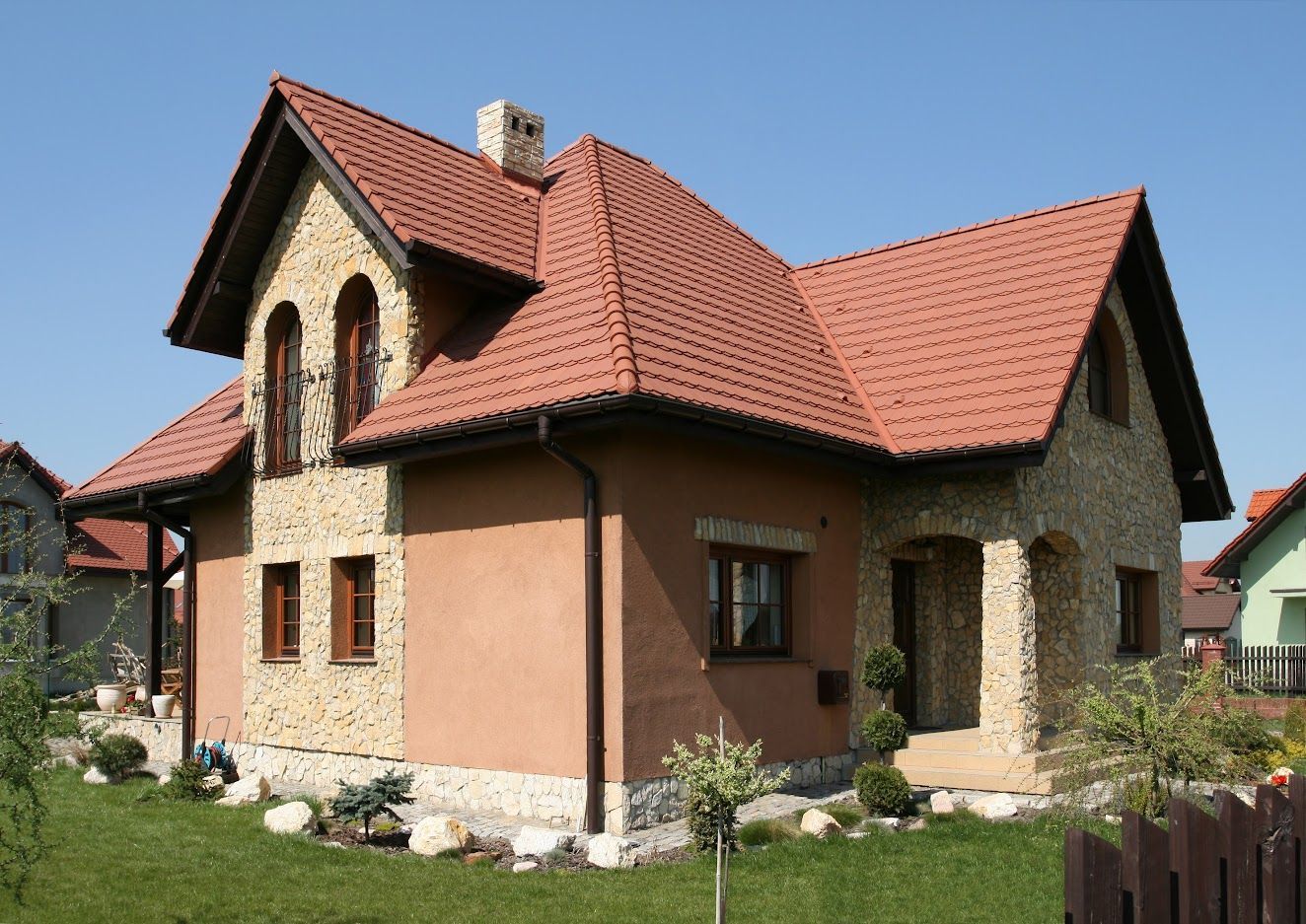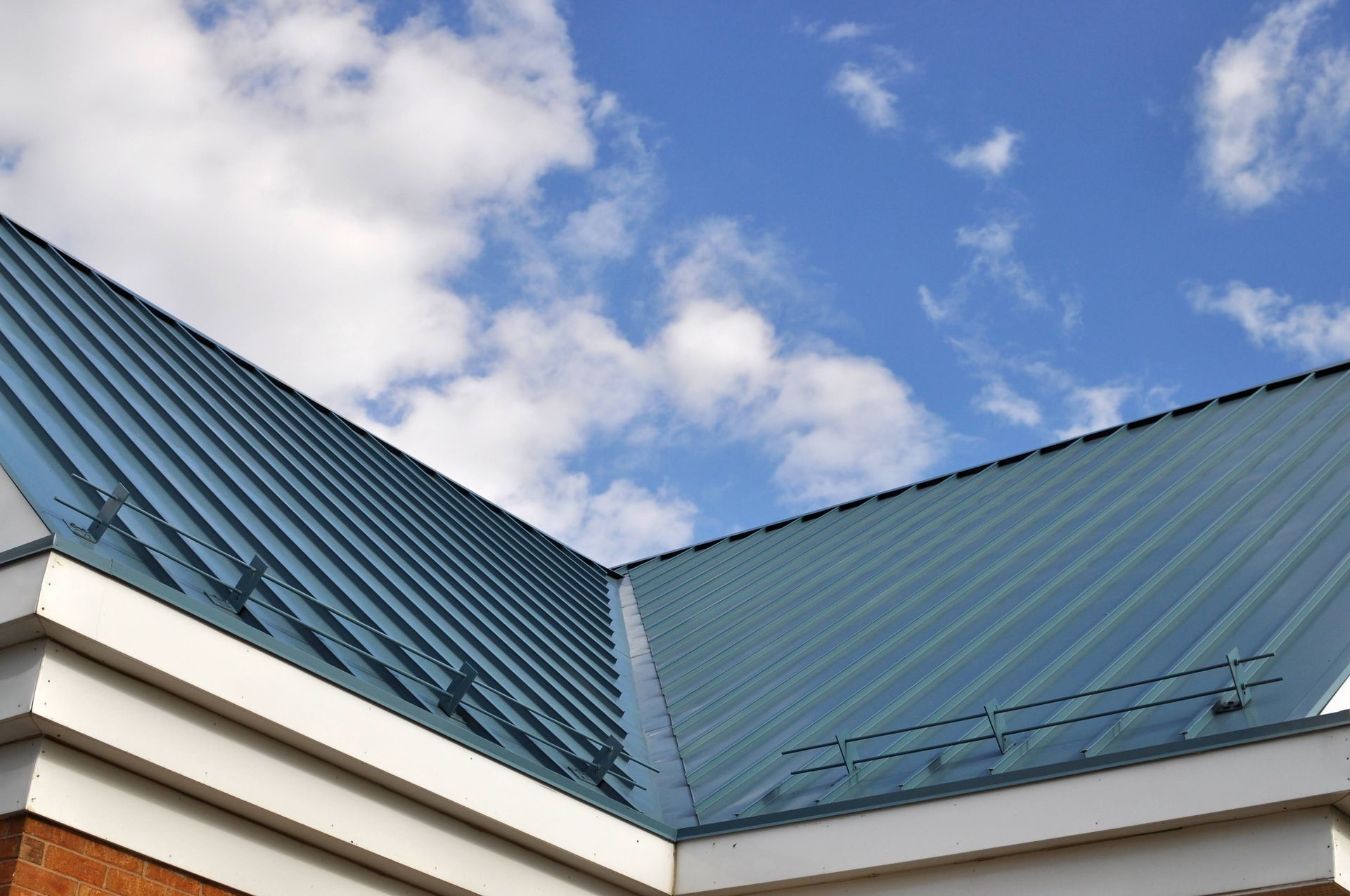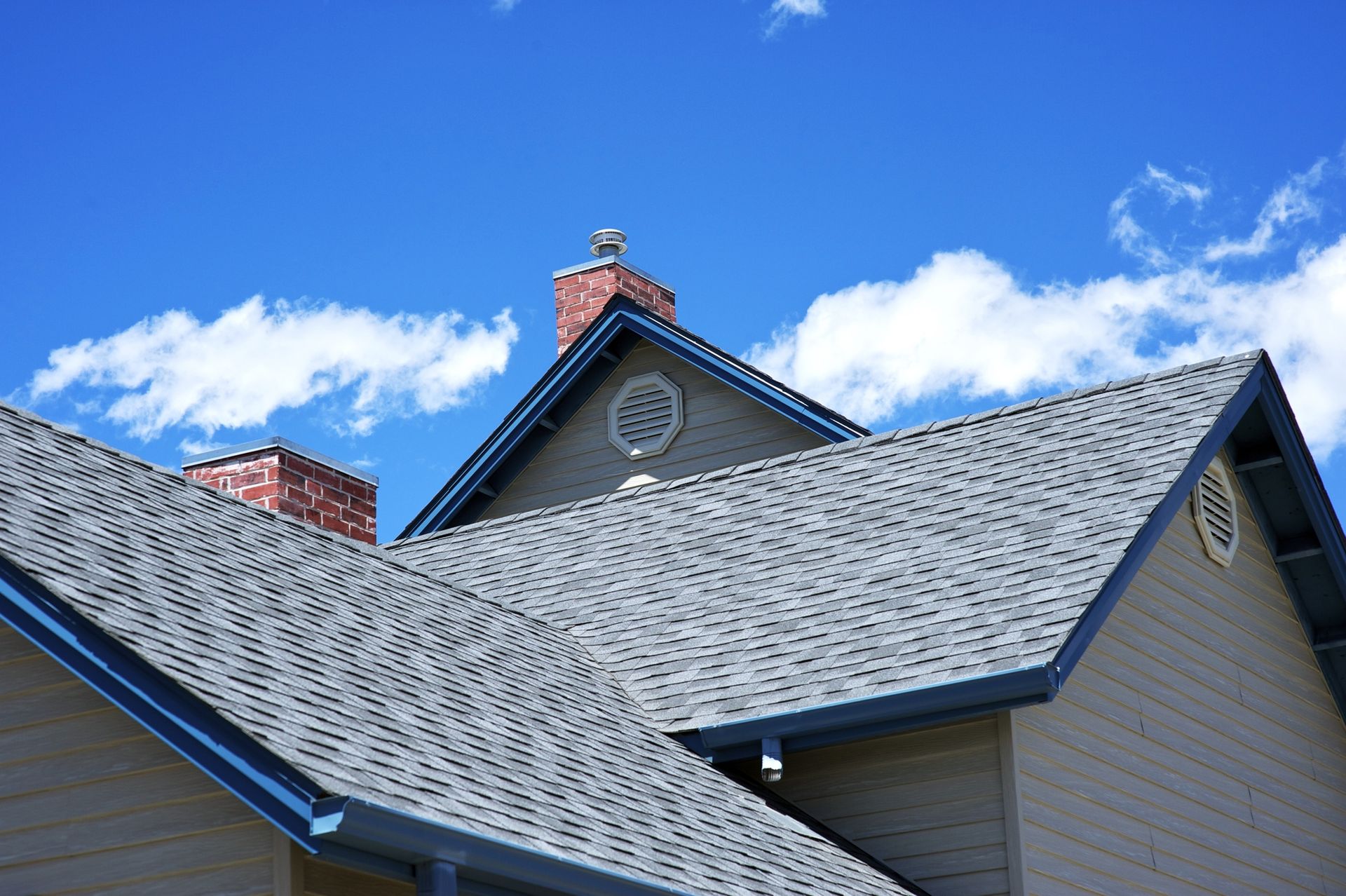Call Us Today! (603) 876-9915
3 Roofing Alterations Needed for Skylight Fitting
Natural light is essential for every building, and skylights offer an attractive and efficient way to achieve it. A skylight enhances the beauty of a building, takes full advantage of daylight, and saves energy on artificial lighting. However, before installing a skylight, a few roof modifications are necessary to ensure proper fitting and long-term functionality.
Here's an in-depth look into three such modifications and why they're necessary.
1. Additional Structural Support
Skylights, while enhancing aesthetics and functionality, also introduce additional weight and strain on the roof structure. The roof's capacity to bear this load is determined by its structural integrity. If the roof lacks sufficient support, the weight of the skylight could cause it to sag, crack, or even collapse.
For this reason, your roofing contractor has to assess the roof's capacity to accommodate the skylight and recommend any necessary reinforcements. They might reinforce the roof's framework with additional rafters or beams to distribute the skylight's weight evenly. This ensures that your roof remains intact and carries on its normal functions without being overwhelmed by the new addition.
Besides the weight-bearing aspect, the right structural support also contributes to the skylight's optimal performance and longevity. A well-supported skylight is less prone to leaks and condensation, which can potentially cause water damage to the surrounding roof and interiors.
A perfectly fitted skylight should also sit level with the roof and eliminate any gaps that may form due to structural inconsistencies. This eliminates entry points for water, dust, and debris, ensuring your roof stays dry and free of moisture damage.
2. A Steeper Roof Slope
A steeply sloped roof allows for adequate water runoff, preventing water from pooling around the skylight. When water gathers around a skylight, it increases the risk of leakage and subsequent water damage. This is especially critical in areas with heavy rainfall or snowfall, where water and moisture-related issues can cause significant damage to the structure.
In addition, a steeper slope can prevent the skylight from acting as a barrier to falling debris, leaves, and snow. It ensures that any debris that falls onto the skylight slides off easily, reducing the risk of damage from accumulated weight. This is particularly beneficial in regions with frequent storms and high winds, as these can cause branches, leaves, and other materials to fall onto your roof.
A steeper roof slope also improves the energy efficiency of the skylight. The slope of the roof determines the angle at which sunlight enters the building. With a higher slope, the skylight can capture more direct sunlight during winter, providing more heat and light to the interiors.
Conversely, during the summer, the higher angle of incidence helps to prevent excessive solar heat gain, keeping the interiors cool. This reduces the need for artificial lighting and heating, contributing to a more sustainable and comfortable indoor environment.
3. Adequate Waterproofing
Due to the positioning of skylights on the roof, they are directly exposed to the elements, including rain and snow. If not properly waterproofed, water can seep in around the seals and cause damage to the interior of the building. This moisture infiltration may lead to mold growth, which poses health risks and requires costly remediation.
Proactive waterproofing measures involve the use of specialized sealants and membranes that create a water-resistant barrier around the skylight. Professionals apply these materials to the junction where the skylight meets the roof, an area that can be highly susceptible to water penetration.
A well-executed waterproofing process also involves the installation of flashings. These are thin pieces of impervious material that prevent the passage of water into a structure from a joint or as part of a weather-resistant barrier system. These are integrated into the roofing material and wrapped around the skylight to divert water away, preventing it from pooling around the unit.
Consult with us at Guyer & Son Roofing to assess your roof and determine the necessary alterations for a successful skylight fitting. With our expertise, we can help you achieve maximum natural light without compromising the integrity of your roof.
Phone: (603) 876-9915
Email: info@guyerroofing.com
Address: 49 Granite St. Marlborough, NH 03455
A Good For All, LLC Company
